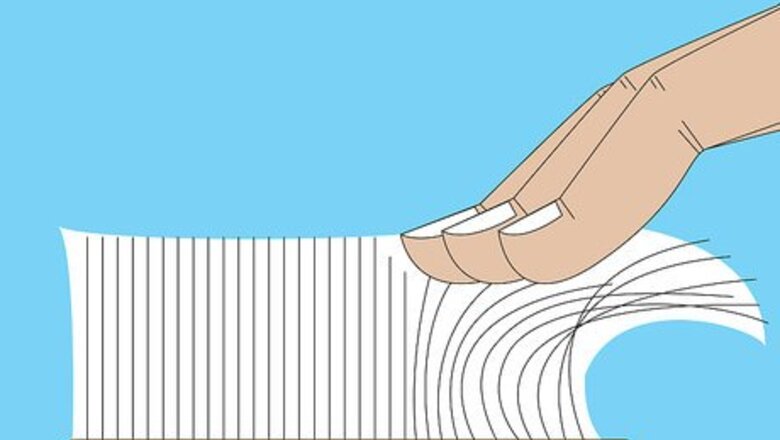
views
The Act of Brushing
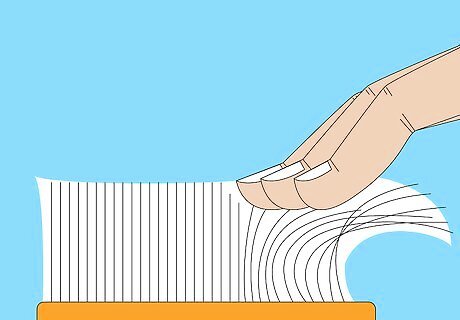
Purchase a soft, surgical brush with bristles that will not scratch or harm your child. You will have to provide ample pressure while brushing because a soft touch is seldom effective with many autistic children. These brushes can be found at beauty supply stores, medical supply stores and online if you can't find it anywhere else.
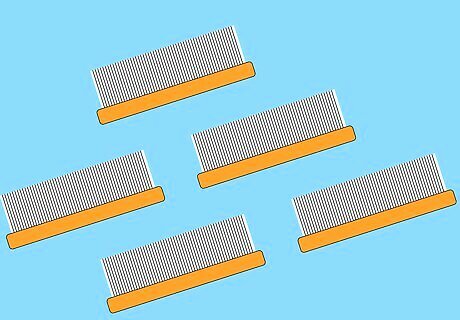
Plan on brushing your child for three to five minutes a day for six to eight times a day. While this may seem like a lot, it only adds up to a small amount of time spent on brushing each day. This is the time that their nervous system will calm and they will be much more capable of integrating experiences, especially right after brushing is complete.
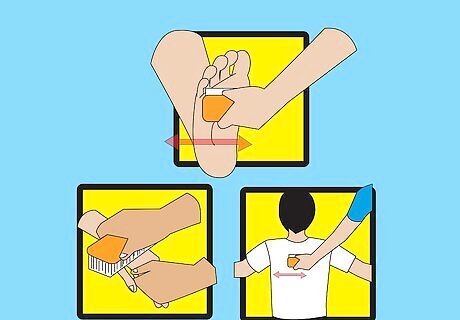
Brush in firm horizontal strokes along your child's arms, back, legs and soles of their feet. You will notice a change in your child immediately. Repeat every few hours. If you child enjoys having other parts of their body brushed, you can add those parts too. Use firm pressure with long strokes for best results. Try not to let your fingers brush your child's skin as you brush; this can be distracting.

Observe how your child reacts to the brushing. The brushing process should feel comfortable to them. Try different areas and amounts of pressure and adjust them accordingly for your child. You will see what works, and what doesn't, very quickly. Ask them how it feels, and if they would like you to press harder. You may see redness, but it should not cause pain or discomfort.
Teaching and Timing
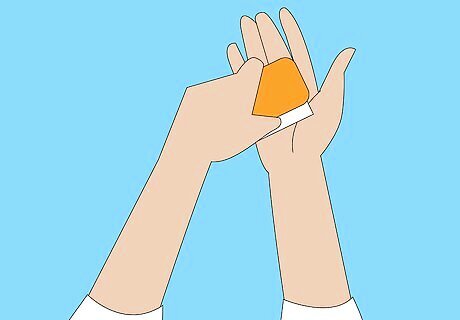
Before brushing your child for the first time, try it on yourself. Run the brush over your arms and observe how it feels, so you can describe it to your child.
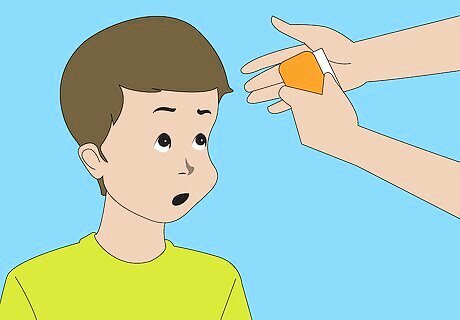
The first time you try it, demonstrate by brushing your own arm a few times. Explain that it feels nice, and how it will help them calm down. Hand them the brush and let them touch it and try rubbing it on their own arms (if they want to try). Then offer to brush them.
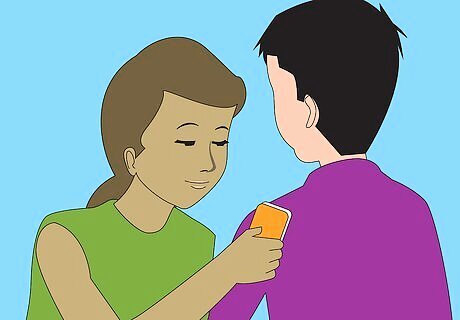
Watch your child closely to find times when they would benefit from the brush. If you watch them carefully, you will start to see when they begin to have difficulty processing all of the sensory stimulation going on around them. If you can see sensory overload starting, you can likely stop tears, opposition issues, and meltdowns before they start.
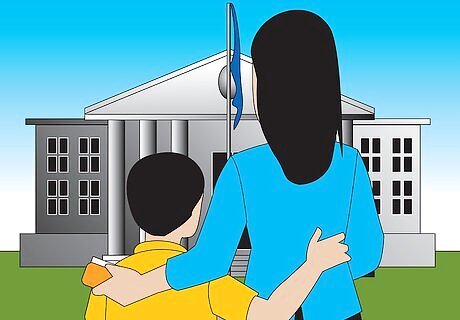
Bring brushes with you when you go places. Brushes can help children deal with transitions and schedule times (e.g. before school, airplane trips, bedtime, a birthday party). Have brushes in multiple locations, so you won't need to search long for a brush. Keep one in your bag or purse. This way, you can duck out to a public restroom, spot outdoors, or other quiet place to brush your child if they become upset. (Choose the quietest place you can, preferably in a corner or by a wall.) Ask if they would like to keep one in their backpack at school. The brush may become a comfort object for a child, and simply letting them hold the brush could help them calm down.
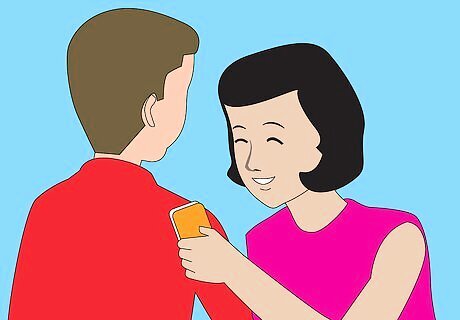
Make brushing a peaceful and enjoyable experience. Chat about your day, and ask them questions about theirs. If they are nonverbal, you can still tell them all about your day, just like you would with a friend. If your child associates brushing with relaxation and fun, brushing sessions will calm them even more.
















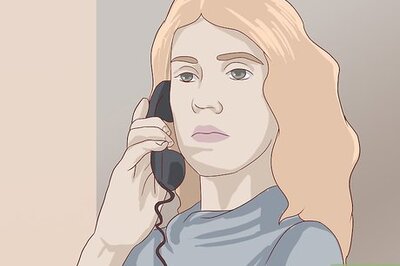



Comments
0 comment